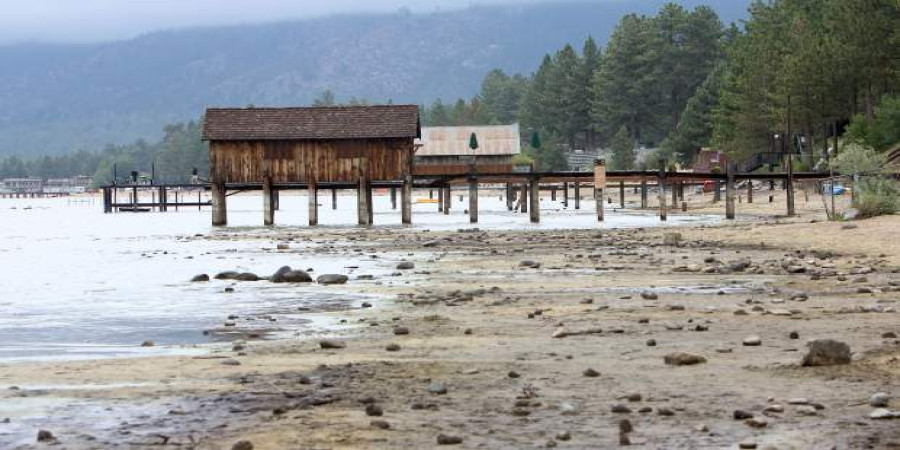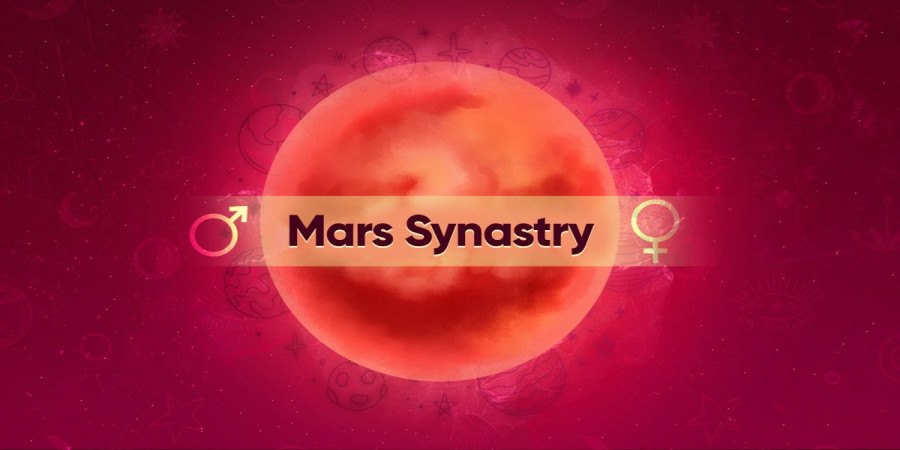

Lake Tahoe's Rollercoaster Ride: Unraveling the Highs and Lows of Water Levels
Lake Tahoe, renowned for its sapphire waters and breathtaking mountain backdrop, has a fascinating water-level story. Over the years, the lake has fluctuated dramatically, like a rollercoaster, reaching thrilling highs and concerning lows. Understanding this history is crucial for appreciating the preciousness of this Sierra Nevada treasure and the challenges it faces.
The Natural Rhythm
Lake Tahoe's water levels are primarily governed by precipitation. Snowy winters replenish the lake, while dry summers lead to a drop in water levels [1]. This seasonal fluctuation is natural, and the lake's ecosystem has adapted to it over time.
Historical Highs and Lows
While seasonal changes are normal, Lake Tahoe has seen extreme swings:
- Record High (1907): In July 1907, the lake reached an astonishing 6,231 feet above sea level, causing widespread flooding [2].
- Record Low (1992): Drought conditions led to a record low of 6,220 feet in November 1992, leaving docks stranded and impacting lake ecology [2].
- Natural Rim: Tahoe's natural rim sits at 6,223 feet. When the lake dips below this, water no longer flows into the Truckee River, the only natural outlet, affecting downstream communities [3].
Human Intervention
To manage water levels, a dam was built at the Truckee River outlet in 1913. This dam provides some control, but nature ultimately rules, as shown by recent droughts.
Climate Change Concerns
Climate change adds another unpredictable layer. Warmer temperatures cause less winter snowfall and increase water evaporation, further impacting Tahoe's water levels [4]. This raises the possibility of more frequent lows affecting recreation, ecology, and water supplies.
Why Does It Matter
Lake Tahoe's fluctuating water levels impact:
- Tourism: Low levels affect boating, swimming, and other recreational activities vital to Tahoe's economy.
- Environment: Extreme fluctuations can harm aquatic life and shoreline habitats.
- Downstream Communities: Water released from Tahoe supplies communities in Nevada, creating potential conflicts during drought periods.
The Future is Uncertain
Lake Tahoe's water levels remain a dynamic dance between nature and human intervention. Understanding Tahoe's water history allows us to better appreciate this unique resource as we strive for a sustainable future and work to mitigate the impacts of a changing climate.
References
- [1] Tahoetopia: Lake Tahoe Water Wars, Unending--Part 2 of 2 https://tahoetopia.com/news/lake-tahoe-water-wars-unending-part-2-2
- [2] USGS: Water-Year Summary for Site USGS 10337000 https://waterdata.usgs.gov/nv/nwis/wys_rpt/?site_no=10337000&agency_cd=USGS
- [3] Lake Tahoe Water Levels: Tahoe.uslakes.info https://tahoe.uslakes.info/Level/
- [4] Climate Central: How Climate Change is Impacting Lake Tahoe
Popular articles

Apr 11, 2024 07:40 PM

May 25, 2024 08:09 PM

Apr 11, 2024 07:22 PM

Apr 10, 2024 07:59 PM

Mar 14, 2024 07:53 PM
Comments (0)